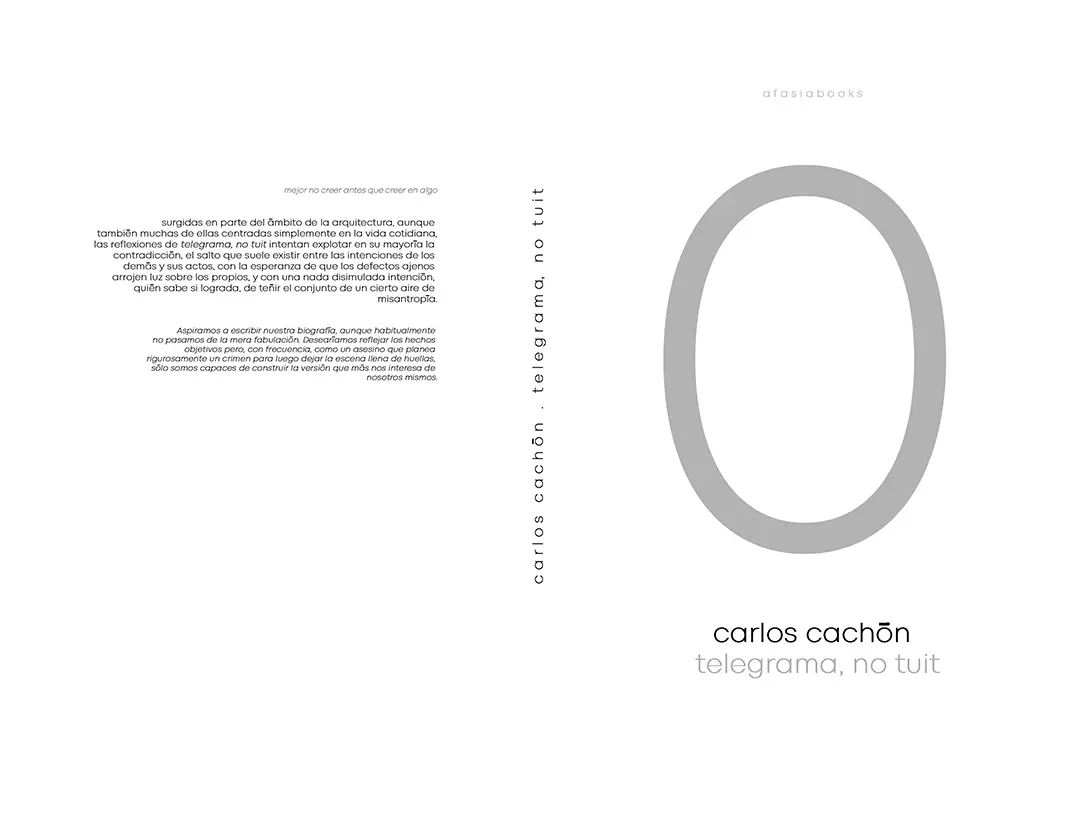
Kohei Kudo & Associates . photos: © Tomoyuki Kusunose
This is a reconstruction plan for a house in Akita City.
The existing house was damaged by an inland flood caused by the heavy rain disaster of 2023, and needed to be rebuilt.
The planned site was left out of the land readjustment project, and was flooded due to the ground level being lower than the surrounding area. Due to the exhaustion of the local economy, there is no prospect for future land readjustment projects, and improvements to flood control work are taking time. The owner decided to continue living on this land, despite the unavoidable possibility of future flood damage. In response to the owner’s wishes, a simple, elevated house was proposed to prevent the living space from being damaged even if a flood occurred.
After investigating past flood damage, the floor level was set at 1200mm, higher than the flood level. Although it is generally considered that modern elevated houses have high RC foundations, the unexpected reconstruction due to the disaster meant that there were limited construction funds. Therefore, the scope of the high-cost high foundations was limited, and traditional independent foundations were used in conjunction.
In addition, a square roof with a 10-sun slope was used as a snow-falling roof, resulting in an economical structure for both the foundation and the roof. Since one of the family members used a wheelchair, a slope was installed around the building, and a 1,500mm eave was extended to protect the slope from rain and snow.
The first floor was designed as a circuit-style plan to allow wheelchair users to live comfortably. A staircase was placed in the center of the circuit-style floor plan to create a connection between the upper and lower floors, and private rooms were placed at both ends of the second floor, so that the staircase created a connection between the upper and lower floors. Ventilation windows were installed on the walls of the private rooms at a position lower than eye level, so that the line of sight was directed toward the ground, creating a space that connected to the ground even from the second floor.
Legal lighting was secured with skylights, and a second-floor-like spatiality was created where the line of sight extended to the sky. Because the shape of the sloping roof appears as it is, the lowest point is CH=1500, and although it is a space with a human scale, it seems to have a sense of expansiveness that extends to the ground and sky. As a whole, the aim was to create an integrated space that made use of the shape of the square roof, while at the same time creating a nine-room square floor plan using the traditional Japanese measurement system to create an economical design that improved workability.
The simple house that was created by fulfilling these requirements has an iconic appearance, standing slightly higher than the surrounding houses, making it a unique presence in the city.
The thorough grid, the 10-sun sloped roof that covers the entire building, and the true wall construction both inside and outside, contribute to a slightly strong composition for a house, giving it an almost temple-like appearance. However, at the same time, the fact that the component members are of a residential scale, the two-story construction, and the openings that were created to suit the lifestyle, make it a private house with a sense of life, unlike a temple.
If the act of design is to adjust the struggle between maintaining the strength of the composition and breaking down the strong composition of modern life, and to tilt it in one direction or the other, then the result of abandoning that adjustment in a good way and prioritizing something that will exist for a long time, seems to be one of the reasons for this strange iconicness.·
(Kohei Kudo + Riko Yamamichi)
_
































